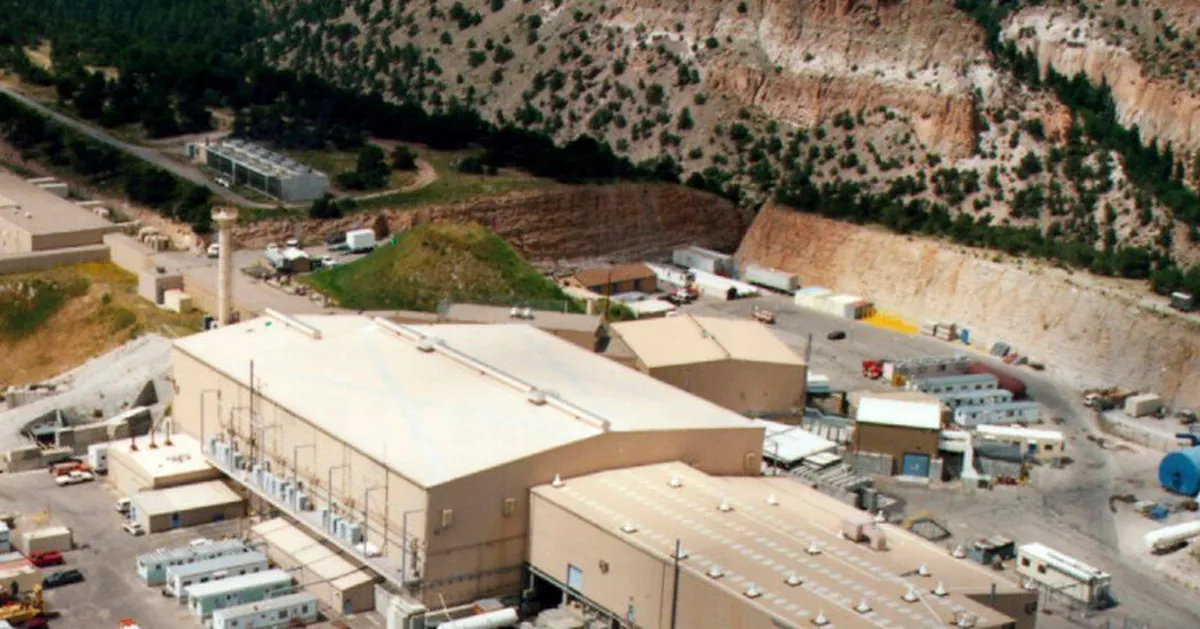
The National Nuclear Security Administration (NNSA) plays a critical role in ensuring the secure transport of nuclear materials. This dangerous and demanding work requires rigorous training and expertise, as the safety of these materials is paramount. Recently, the agency has faced significant challenges, including staff turnover that could impact its operations.
In a surprising turn of events, four employees accepted the Trump administration's offer of a buyout, leading to their departure from the NNSA. Additionally, a half-dozen staff members from a unit responsible for building reactors for nuclear submarines also left the agency. This wave of departures raises concerns about the agency's ability to maintain its operations effectively.
Among the significant losses was a biochemist and engineer who had recently taken on the role of leading the team responsible for enforcing safety and environmental standards at a Texas plant that assembles nuclear warheads. This firing further emphasizes the instability within the agency during a critical period.
The NNSA, a relatively small yet vital part of the federal workforce, has been under pressure due to the Trump administration's broader goal of downsizing federal agencies. As a result, the organization has seen a significant loss of scientists, engineers, safety experts, project officers, accountants, and lawyers over the past six weeks. This exodus comes at a time when the agency is engaged in its most ambitious endeavors in a generation, making the situation even more precarious.
Historically, the NNSA is experiencing its busiest period since the Cold War. It is tasked with managing the nation’s stockpile of 3,748 nuclear bombs and warheads, while simultaneously modernizing this arsenal. This modernization effort is substantial, amounting to a $20 billion-a-year initiative aimed at equipping a new fleet of nuclear submarines, bomber jets, and land-based missiles.
Since the final year of the first Trump administration, the NNSA has been working diligently to bolster its workforce to meet the increasing demands of its responsibilities. Although the agency had made some progress in hiring, reaching approximately 2,000 employees by January, it still fell hundreds of employees short of its stated needs. The recent buyouts and firings have now reversed this trajectory from growth to retraction.
The current situation at the NNSA highlights the challenges faced by federal agencies amid significant administrative policy changes. As the agency grapples with personnel shortages, the implications for national security and operational efficiency in managing and modernizing the nuclear arsenal could be profound. The coming months will be crucial in determining how the NNSA navigates these challenges and maintains its critical functions.